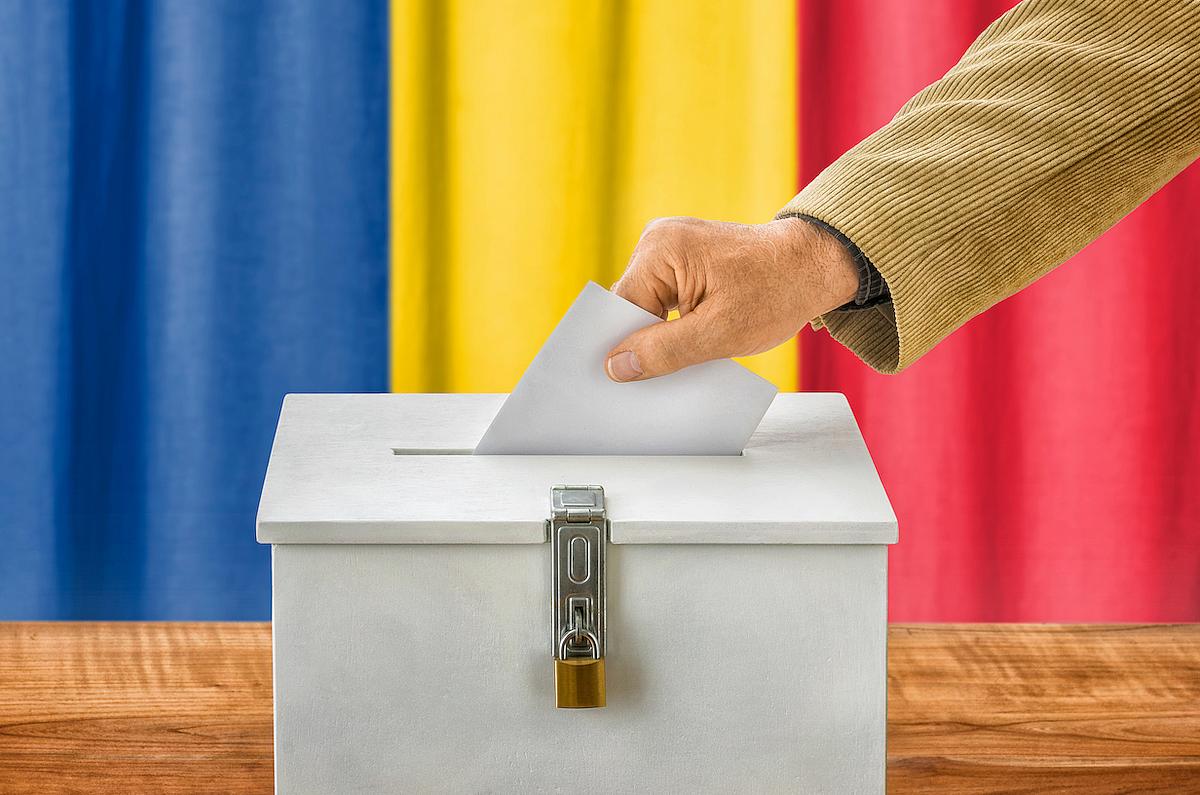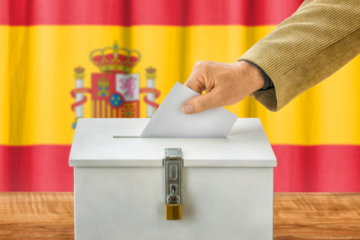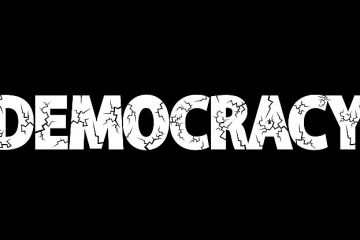Analysis of prior and current election cycles in Romania


After the fall of the communist system, Romania finally becomes a democratic country. With grand consequences from the claws of the totalitarian regime, people succeeded in taking back their freedom. The position Romania was in, post communism, was not on an envious level. Those scars are still present in the land of the Carpathians.
For the upcoming elections the main rivals on the Romanian political stage are PSD or the Social-Democrat party and PNL i.e. Liberal-National party. PSD are at the top since the very beginning. They were elected even in the first democratic elections in Romania where they won over the Agricultural party. On the 2004 elections, PSD were defeated by the alliance created by PD Democratic Party (which later merged with the Liberal Democratic Party in 2007 and became PDL) and the right-winged PNL or National Liberal Party. It is important to highlight than in this transition PD were ideological socialists, but when the merge occurred they changed their ideology from socialism to liberal conservatism. In the following elections, in 2008, PNL and PDL appeared separately. PDL were supported by PSD and this is when a broad government was formed.
The unnatural coalition between PDL and PSD fell apart before the following elections in 2012, when the socialists appeared with a new coalition, and this time it was with PNL. That coalition, composed of completely different ideologies, showed itself successful during the elections and won with convincingly 60% of the votes. At that time the Prime Minister Victor Ponta from PSD was elected, who was accused of plagiarism and counterfeit of his master’s degree from his studies in Italy.
Before the upcoming election in 2014, two of the largest conservative parties, PDL and PNL, merged under the name PNL or National Liberal Party. Although it was expected for this coalition to face a grand victory in the 2016 elections, they were defeated by the socialist PSD and lost 20 seats in the Senate, compared to prior elections in 2012. As a Prime Minister Sorin Grindeanu from PSD was elected, i.e. Romania’s Social-Democratic party.
Due to lack of majority, they formed a coalition with ALDE (Alliance of liberal and democrats). However, the cabinet kept facing changes due to their instability. In 2017 the parliament voted distrust and Grindenau submitted his resignation from his Prime Minister position. The socialists nominated Mihai Tudose, but in the same year, once again, the parliament voted for no confidence. For the third time in 2017 PSD suggested a third Prime Minister, but for the first time a woman, Viorica Dăncilă. After only two years, in 2019, she also faced the same fate as her former colleagues and the parliament voted for no confidence.
This government is remembered for the creation of the Social prosecution. One of the most unstable moments on Romania’s political scene, with the most massive protests since 1989. At the end of the day, the same people who created this court became criminals themselves, common for politicians from socio-democrat lining. In 2018 the leader of PSD was accused for embezzlement due to which he was sentenced to three years of prison and started serving in 2019.
The president, Klaus Joanis (member of PLN), in those turbulent times named Ludovic Orban from PNL as the prime minister of Romania. However, as his former colleagues, he also faced the same fate and the parliament once again voted for no confidence in February 2020. A month later Orban suggested a new cabinet, which was immediately accepted and supported, even by the largest opposition, PSD.
The political scene in Romania is extremely turbulent. In this analysis of prior years, we can conclude that the instability is grand. Fake coalitions among parties with different ideologies, leftists and right-winged, right-winged with leftists, frequent mistrust, turmoil in PSD and fight for supremacy among the new members. Unlike other European countries where social-democrat parties are pro-European and the conservatives parties Eurosceptic, in Romania the field is different. In Romania, the conservatives and PNL are pro-European and PSD and leftists are Eurosceptic. A political scene full of criminals, mistrust and instability.
On December 6th, 2020 Romania will have parliamentary elections. The voting system consists of 329 members of the parliament. From those, 308 members are selected by 42 municipalities in Romania and Bucharest, while 4 are selected by citizens who live abroad. Minorities also hold 17 places reserved for them. A total of 136 members of the Senate are also elected proportionally. 121 are elected in 41 municipalities, 13 places are elected in Bucharest while 2 places are reserved for citizens living abroad.
Let’s go back to the ratings. After the victory in 2016, PSD has a major lead ahead of PNL with as much as 50%. This major lead continued in the following years, 2017 and 2018. After the unsuccessful referendum in October 2018, PDS’s support started a downfall. In 2019 when PSD’s leader, Dragnea was sentenced to imprisonment, PNL finally gained a 8% lead ahead of PSD. This lead remained stable throughout the entire year. With the re-election of President Klaus Joanis, the lead increased even further.
Before this year’s local elections, USR and PLUS formed a coalition and they are expected to appear as a third party that would win majority votes, major enough for them to become important in a way that without forming a coalition with them a future government could not be formed.
Another important and new factor for these upcoming elections is PRO, social-liberal party that is new and formed in 2018. The leader of this party is the former social-democrat and former prime minister of PSD, the controversial Victor Ponta. In October 2020, ALDE (Alliance of liberal democrats) merged with PRO, however their rating is at an unenviable level of only 4.6% which makes them even less popular than the Hungarian minority party.
According CURS, IMAS and BCS, the National liberal party marks a lead in October with a total of 32%, i.e. 7% ahead of the socialist PSD who have 25%. The November analysis show a similar rating to October where PNL is predicted as a winner. In any case, the surveys show that the winner will not have an absolute majority therefore they will have to form a coalition. In this case, without the support from PLUS and USR, as well as UDMR (Hungarian minority party) the future government of Romania cannot be formed.
It remains for us to seen what will happen on December 6, 2020 and hope that Romania will end its political crisis. The analytical team of Sarissa Institute, predicts a victory for Ludovic Orban and PNL and a successful forming of a coalition and new government led by the conservatives.



0 Comments